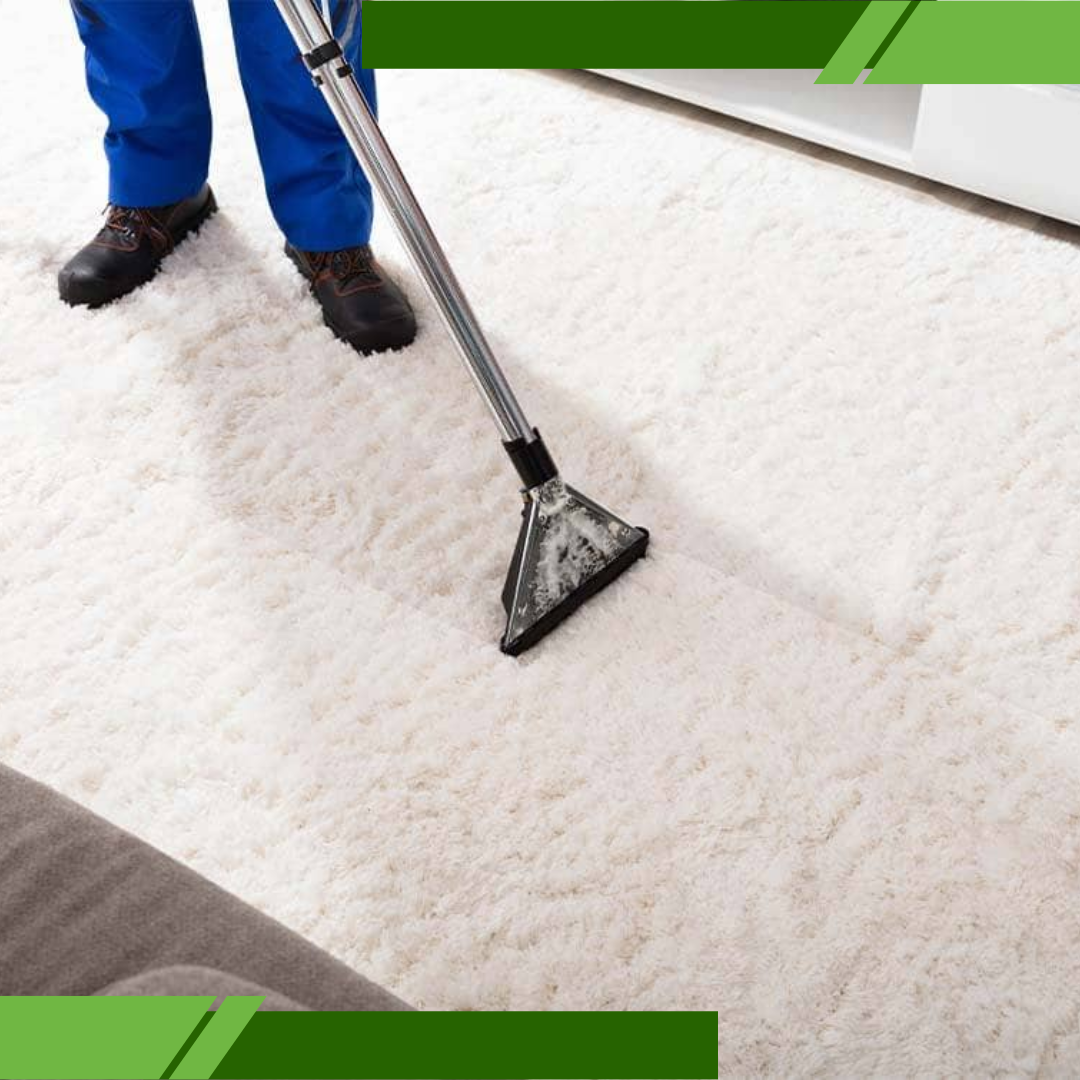Get in touch
Fill this up to proceed

We are committed to providing a world-class carpet, rug, upholstery, drapery or mattress cleaning services that will open your door to a happier and healthier green indoor environment.
Rugs bring beauty, color, and personality to your house while warming your flooring. Keeping a handwoven heritage, fluffy area rug, or hallway mat clean is important for look and hygiene. But many Malibu homeowners unwittingly damage their rugs by using harsh chemicals or improper cleaning methods. Knowing how to clean your carpeting is vital. Your rug can last for years with appropriate care and retain its texture and brilliance. Here are proven effective rug cleaning methods that won’t damage your rug’s fibers or colors.
Before you reach for the cleaning solution, take a moment to identify what kind of rug you’re dealing with. Rugs are made from a variety of materials, and each one reacts differently to water, cleaners, and even vacuuming. Cleaning a wool rug the same way you’d clean a synthetic one could result in shrinkage, discoloration, or fiber damage. That’s why knowing the fabric type is the first step to effective rug cleaning.
Common rug materials include:
If you’re unsure, always look for a care tag on the back of the rug or test a small, hidden area first. This simple step can save you from irreversible damage and unnecessary frustration.

Smart vacuuming practices include:
Make vacuuming part of your weekly cleaning habits to protect your rug from premature aging and keep it looking fresh. This is one of the effective rug cleaning tips our experts recommend.

Accidents happen. Whether it’s a splash of red wine, muddy footprints, or coffee drips, the way you respond can make a big difference. The longer a stain sits, the harder it becomes to remove—and the more likely it is to leave a lasting mark. Immediate action is your best defense against stains and odors. Continue reading to learn about effective rug cleaning advices.
Here’s how to spot clean effectively:
Acting quickly not only preserves your rug’s appearance but also prevents unpleasant odors from setting in. This is also a step in effective rug cleaning.
Even with regular vacuuming and quick spot treatments, rugs need a deeper clean once or twice a year—especially in high-traffic areas. This is where effective rug cleaning makes a real difference. Deep cleaning removes stubborn dirt, allergens, and stains that surface cleaning can’t handle. However, doing it incorrectly could leave you with a soggy, smelly, or ruined rug.
Choose your deep cleaning method wisely:
Whatever method you choose, allow your rug to dry completely before putting it back in place. A damp rug can attract mold or mildew and release unpleasant odors. To make sure that you implement effective rug cleaning methods, you may continue to read this guide.
Vinegar is often safe for synthetic rugs but may harm wool or silk. Always do a spot test and avoid it on natural fibers unless a care label says otherwise.
Most rugs benefit from deep cleaning every 6 to 12 months, depending on foot traffic, pets, and exposure to dirt.
Only small, machine-washable rugs made of cotton or some synthetics can go in the wash. Never wash wool, silk, or large rugs this way.
Yes, especially for expensive, antique, or delicate rugs. Professionals use methods and equipment that ensure to implement effective rug cleaning.
Lay it flat in a well-ventilated area and avoid direct sunlight, which can fade colors. Flip it occasionally to ensure even drying. Drying your rug is also a step in effective rug cleaning.

We are committed to providing a world-class carpet, rug, upholstery, drapery or mattress cleaning services that will open your door to a happier and healthier green indoor environment.
We are committed to providing a world-class carpet, rug, upholstery, drapery or mattress cleaning services that will open your door to a happier and healthier green indoor environment.